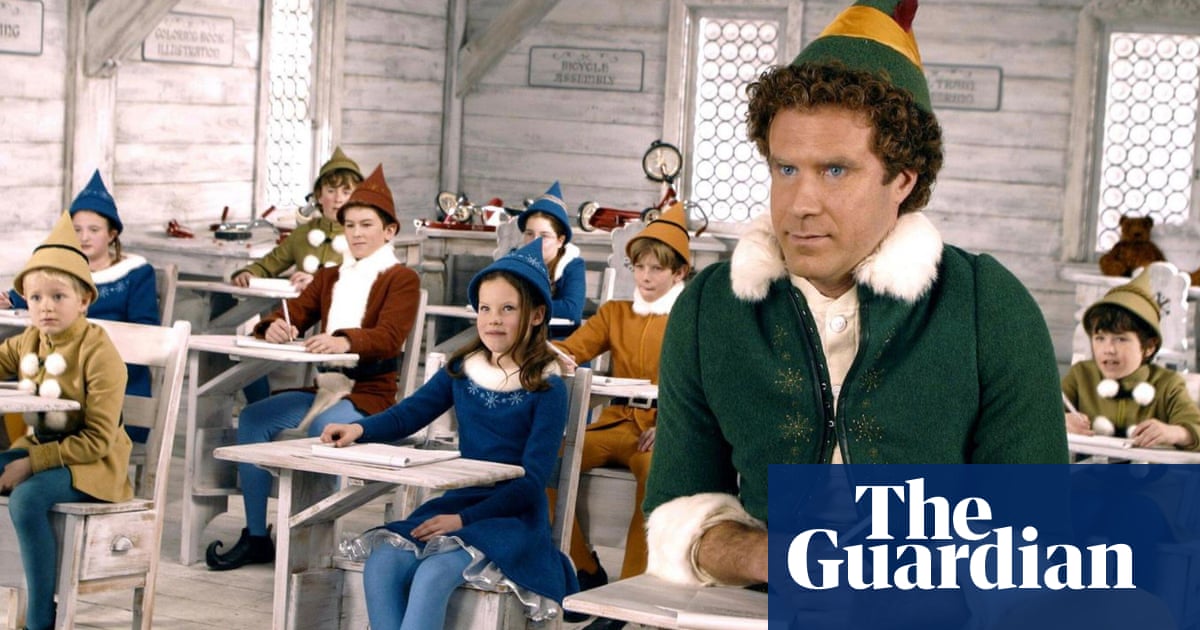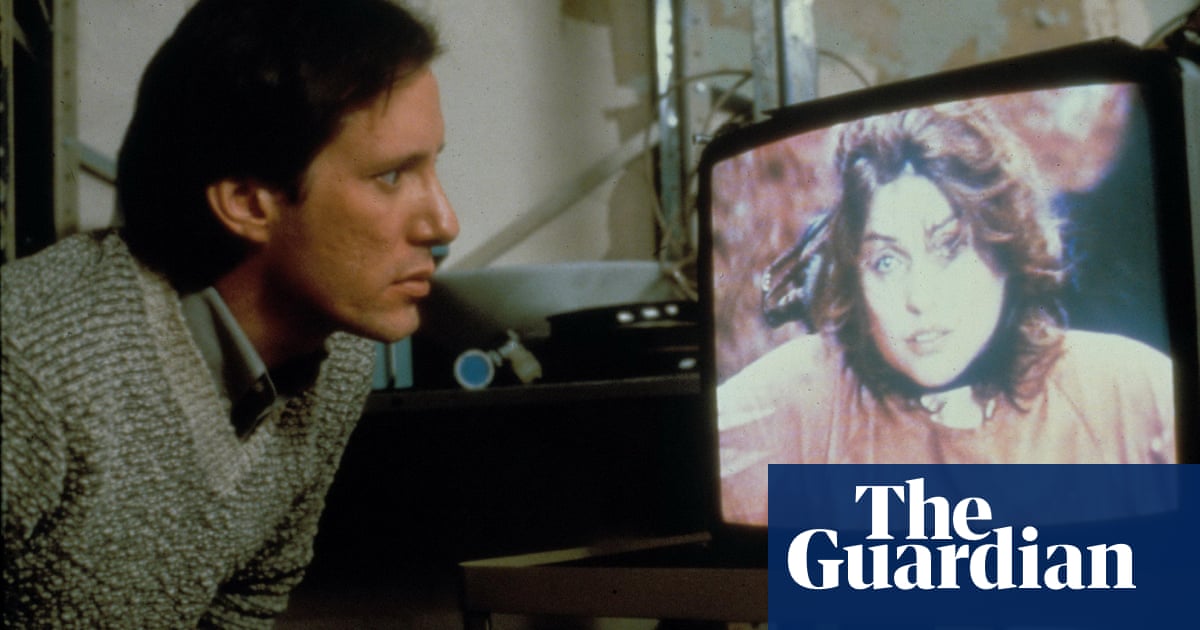
The greatest films are often the ones that we don’t completely know, that tease the mind with question marks and ambiguities, and leave you circling back to scenes or moments that linger vividly in the mind, often triggering an emotional response that can’t be immediately identified. There’s a reason why Alfred Hitchcock’s Vertigo, which opened to a mixed reception in 1958, spent the last 50 years inching up Sight & Sound’s greatest-of-all-time poll before finally upending the mighty Citizen Kane in 2012. The film’s dreamlike story of romantic obsession and psychological violence, radiant in color and intensity, first seemed like a curiosity before it was understood as a work of art.
David Lynch’s Mulholland Drive, now 20 years old, is on the same journey, one of only two 21st-century movies to place on the most recent Sight & Sound Top 100. (At No 28, it’s only a few slots behind Wong Kar-wai’s In the Mood for Love, another bewitching masterpiece.) It’s surely no coincidence that Vertigo, along with Sunset Boulevard, is the film Lynch most directly references as the identities of two very different women merge and then fracture into so many pieces that it takes multiple viewings just to start putting them back together. Lynch’s affection for classic Hollywood has been apparent since his 1986 film Blue Velvet turned noir on its head, but his own career on its fringes informs Mulholland Drive just as strongly. He’s seduced by the Hollywood dream factory, but knows how ugly it looks on the inside.
Case in point: Mulholland Drive itself, which began as a rejected 90-minute pilot for ABC, the network that once turned Lynch’s Twin Peaks into a sensation, but refused to roll the dice a second time. Though Lynch himself admitted to feeling unhappy about the cut, his extraordinary reclamation project seems informed by the common disappointment of not making it in Hollywood – whether through accidents of luck or timing, lack of better connections, or the unaccountable forces behind the scenes. “This is the girl!” they might say. And it won’t matter if the girl is more talented or not. There can be only one.
It isn’t that difficult to figure out where the pilot ends and where Lynch’s new material starts – some scenes could air on network TV, others absolutely could not – and there’s a startling, almost calamitous quality to the way he deconstructs his own movie, making every single part of the first two-thirds or so up for renegotiation. But the soul of Mulholland Drive is still the same: it’s about a sunny, optimistic dreamer from Deep River, Ontario, who lands in Hollywood hoping to make a career, but gets waylaid by circumstances beyond her control, losing her innocence – and a great deal more – in the process. She deserves better than the town gives her.
The irresistible hook of the pilot, and the finished film is the mystery surrounding a glamorous brunette (Laura Elena Harring) who gets in a car accident in the Hollywood Hills and stumbles away with a purse filled with cash and a blue key, but no idea who she is. The woman, who calls herself Rita, after a poster of Rita Hayworth in Gilda, takes refuge in a spacious apartment that Betty (Naomi Watts), an aspiring blond actor from Canada, is occupying while her aunt is out of town. Betty knows nothing about Rita or the danger she might be in, but she agrees to help the stranger find her identity. The two are a study in contrasts, but they connect nonetheless.
From there, Lynch uses an entire different set of characters to stage an ingenious piece of misdirection. As Betty prepares for her first big audition, the leading role opens up on a studio picture with a hotshot young director, Adam (Justin Theroux), and a shady group of backers who inform him that he must accept a specific woman who is up for the part. After initially balking at the request, a late-night corral meeting with a man called The Cowboy persuades him otherwise, but the role won’t be played by Betty. She totally nails a different audition, for a part in a film that will never get made. That’s Hollywood.
Though Mulholland Drive has a powerful A-plot with echoes of Blue Velvet – two amateur sleuths poking their way through an encroaching darkness at the edge of town – Lynch has a series’ worth of loose ends to tie, which is another crisis he turns into opportunity. Some pieces don’t fit – the great Robert Forster, appearing as a detective, kicks off an investigation and doesn’t turn up again – but others find their way back in deliciously allusive ways, like the reappearance of a diner called Winkie’s where a man re-creates a nightmare so vividly that he collapses in fright. Betty and Rita’s adventures eventually intersect with Adam and his movie, but Lynch turns the tables dramatically, leaving the audience scrambling to figure out who’s who and what we can trust to be real. In that, the film recalls the bifurcated structure of his hugely underrated 1997 noir Lost Highway.
Lynch’s enigmatic puzzle wouldn’t be worth solving if the individual pieces didn’t beckon you to return to it. Mulholland Drive has some of the best scenes of his career: That first scene at Winkie’s, which turns into every bit the heart-stopping shocker that the man describes; Betty’s audition, which reveals a side to her (and to Naomi Watts) that’s as startling to us as it is to the odd has-beens who have assembled to witness it; Adam’s half-scary/half-comical meeting with The Cowboy; and the middle-of-the-night trip to Club Silencio, where music plays without a band and a dark magic seems to take permanent hold. And take your pick of the funny, eccentric Lynchian bits in between, like the brouhaha over an espresso that a grim-faced Italian producer (played by composer Angelo Badalamenti) winds up dribbling contemptuously into a cloth napkin.
Amid the narrative-bending oddity, however, Mulholland Drive connects deeply and sincerely with Betty, who stands in for all the fresh-off-the-bus ingenues whose names are destined to be forgotten. Her disappointment has a clarity that acts as an emotional ballast in even the wildest sequences, matched by the cruelty and indifference of the industry she so fervently admires. The film is like a Tomb of the Unknown Actress.












